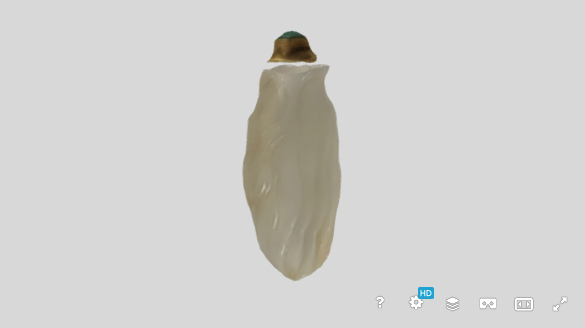Visit “Sensory Experiences in the Digital Space” by Harper Davenport ’21
My goal for this project was to rethink the way in which objects are displayed in order to make them more accessible and engaging. I began my research by looking into multi-sensory theories as well as case studies. While doing this research I found that it has been well documented that visitors are often dissatisfied with their experiences in museums. The current mode of displays in galleries separates the object from the viewer and provides only one mode of engagement or interpretation and that is through labels. Text has become the primary way in which museums communicate information and for many people this singular mode does not work. While text is essential to exhibitions, which is why you will see interpretative texts on this site, it doesn’t offer much in the way of engagement. Learning and creating connections is a process that requires active participation. Displaying objects in an environment in which visitors can immerse themselves creates lasting connections between object and viewer that facilitates learning.
This distance between visitor and object becomes even more pronounced in the display of material objects. Items that were once used and handled by people daily, now sit behind glass removed from any human interaction. In this project I have chosen objects from the Smith College Museum of Art’s collection which are both works of art as well as utilitarian. These are the types of objects that I think would best benefit from this type of display.
